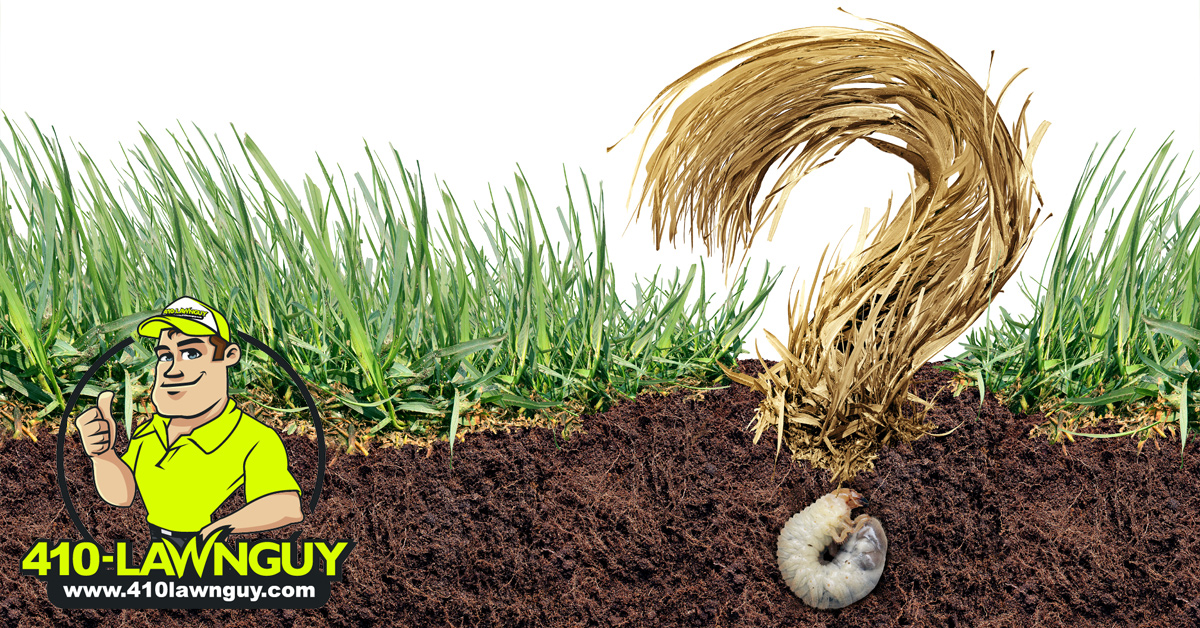
A perfect lawn is the dream of every homeowner, as it gives your surroundings an aesthetic appeal. Managing a lawn requires basics such as watering, mowing, landscaping, and fertilizing. However, insect control is one of the most challenging lawn maintenance tasks. Generally, pests that affect lawns vary, with some living underground, while others inhabit the surface.
Once insects attack your lawn, it is advisable to address the problem immediately to prevent further damage. An insect-free lawn is a pleasant place for family and friends to gather and enjoy your outdoor spaces.
How to Detect Insects in Your Lawn
Insect control should be a basic lawn maintenance practice. Therefore, while carrying out routine maintenance, you need to combine several approaches that will help you identify the types of insects attacking your lawn.
Visual Examination for Insect Control
Scan the lawn for patches. Most patches occur from pests such as moths, white grubs, and black turfgrass beetles. Monitor the grass for sections that have been chewed off or are missing as it might signify a moth problem. Furthermore, look at any brown lawn sections overall, and if the blades appear chewed, then it is a moth problem. Additionally, drying grass indicates there is a black turfgrass beetle problem. Other insects such as ants and spiders can be visible with the naked eye.
Drench Test
This test is mainly for detecting underground insects and worms. You need to combine two to four tablespoons of dish soap with one gallon of tap water and pour this into a watering can. Pour the mixture on one square foot section of an affected area of your lawn and wait for at least ten minutes. Next, observe what comes out of the soil. If chubby larvae emerge, you have an armyworm problem.
Digging
Use a hand trowel and cut about a six-inch circle into the affected area of the lawn. Dig until you reach the roots. Pull up the sod and place it on a newspaper and observe if there are larvae or any bugs.
Insect Control For Your Lawn
Pesticides are the perfect method to contain lawn pests. However, not all pest infestations will require pesticides. If you opt to use pesticides for insect control, remember to wear proper PPE.
For ants, you can use a homemade solution. Simply pour boiling water on the ant’s nests. Note that due to scalding, the grass might turn brown but will regenerate later. If you opt for pesticides, go for a long-term residual option with a common active ingredient of fipronil.
To eliminate lawn spiders, simply trim overgrown vegetation and mow turfgrass to keep it short and reduce cover for the spiders. Additionally, remove spider webs manually and get rid of food particles and debris that attract other insects on which spiders’ prey.
To control grubs, you need a suitable insecticide with the common active ingredient of chlorantraniliprole for long-term residual control. The same solution also works when it comes to controlling worms. Remember, grubs and worms thrive well in wet and moist soil. Therefore, consider minimizing the watering period to make the soil dry.
How to Prevent Lawn Pests
After managing lawn pests, the next phase is to prevent future reoccurrence. You need to conduct regular lawn maintenance practices to keep the turf healthy. Regularly conduct routine mowing, watering, fertilization, and aeration to prevent pest infestation.
Note that lawn pests are cyclical; the ideal insect control method is to understand when these cycles are developing and making applications before their active period. Remember that when damage is visible, it is usually significant.
Who to Call For Help With Insect Control!
When your pest problem gets out of control, and you need to restore your lawn to good condition, call the professionals at 410 Lawn Guy. We’ll come out and give your lawn special treatment to get the bugs out!

